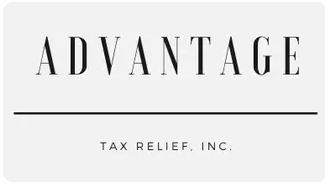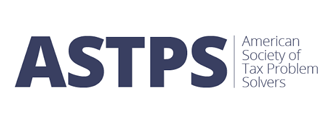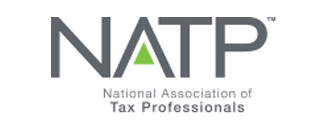Tax Season 2025 Scorecard
March 20, 2025
March 20, 2025
Americans are waiting longer to file and are receiving bigger refunds
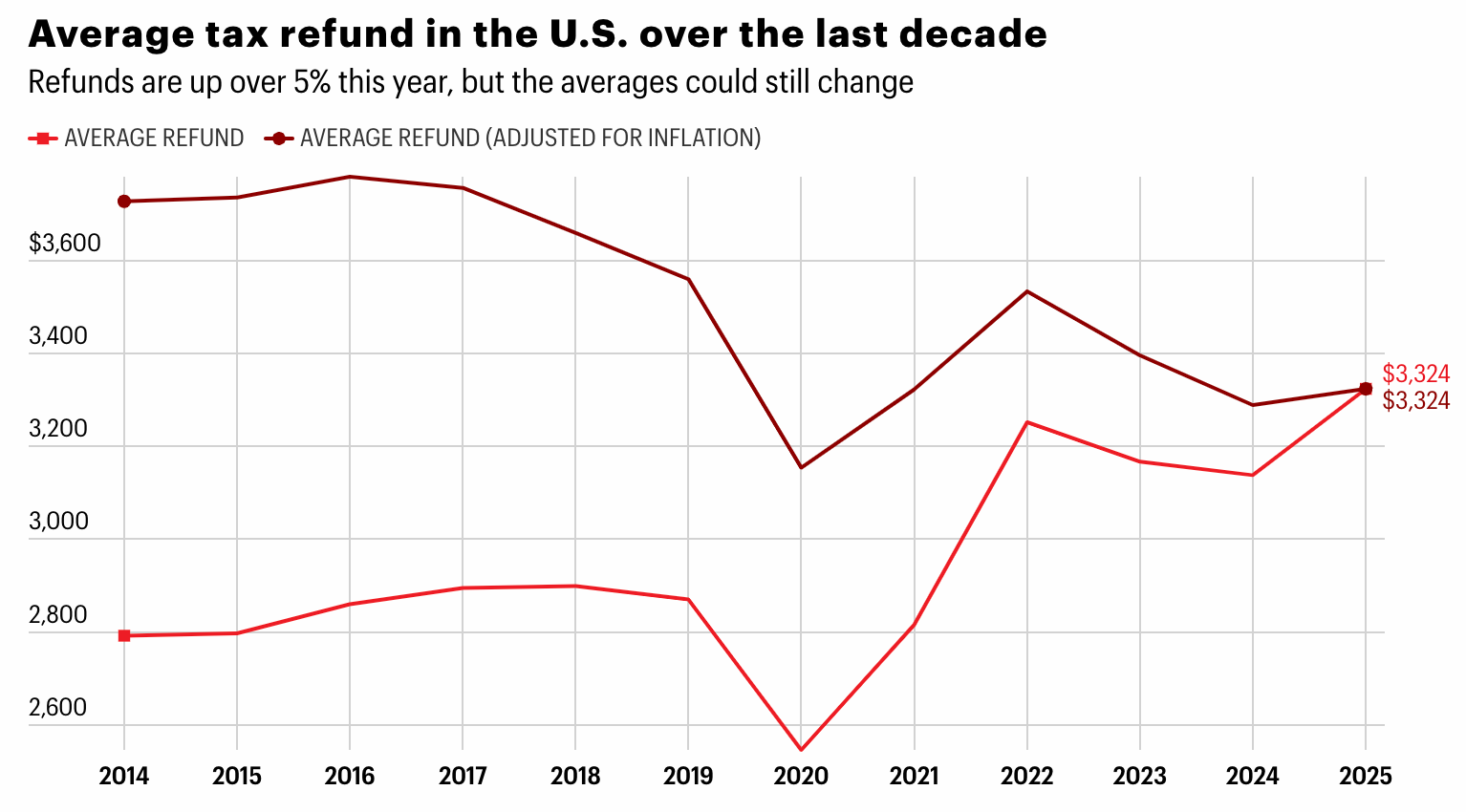
Tax season started in late January, but the IRS’s latest statistics show that many Americans are still waiting to file their taxes. As of February 7, 7.7% fewer tax returns have been received by the agency compared to a similar time frame last year, according to its latest data release.
While the IRS expects filing numbers to even out, the IRS.gov website has experienced a 40% decline in visits this year to date over last year.
Francine Lipman, CPA, a tax law professor at the University of Nevada, Las Vegas, says the reasons could be endless but probably come down to simple procrastination.
“Despite all the Super Bowl ads, I don’t believe that tax issues are on people’s radar yet,” adds Lipman.
This is surprising considering the political climate, says Jordan Rippy, an accounting professor at Johns Hopkins University’s Carey Business School, who expected to see an uptick in returns filed this year.
“Given the general climate surrounding the new administration, I would have expected more anxiety in the general population and a desire to receive refunds more quickly,” she tells Fortune.
Elon Musk’s Department of Government Efficiency (DOGE) reportedly visited the IRS on Thursday to begin analyzing the agency’s operations. Senator Ron Wyden (D-OR), ranking member of the Senate Finance Committee, later posted on X that “if your refund is delayed, they could very well be the reason.”
Average tax refunds are higher this year so far
The rise in electronic filing is one of the biggest changes to the tax system in the last decade. With over 90% of individual taxpayers now filing their returns online, the process has become easier to handle for many Americans. But taxpayers still miss out on over $7 billion in underclaimed and unclaimed tax credits and deductions each year.
In the 2025 tax season to date, tax filers have received a 18.6% increase in their average refund amount ($2,065) compared to this time last year ($1,741). The IRS cautions this isn’t a perfect indicator of the final trend in tax refunds, since it’s early in the season. The agency says most refunds are issued within 21 days.
In the final analysis, the average refund last year was around $3,138. Compared to 10 years prior, last year’s average rebate was down nearly 30% on an inflation-adjusted basis.
Rippy says she is surprised that average tax refunds have not decreased more as Americans realize they can adjust their withholdings and get more money per paycheck throughout the year.
“If you receive a large tax refund, what you've essentially done is given a loan to the government over the last year that you didn't have to give them, and you've done that interest-free,” says Rippy.
At the same time, she admits that the fact that many Americans expect a big refund year after year is a good thing, as it’s a form of forced savings. While many end up saving their refund, others use it to pay down debt, make a home improvement, or go on vacation.
Need help filing your taxes or having issues with the IRS? Receive your free consultation from Advantage Tax Relief
today! https://www.advantagetaxrelief.net/request-form or by calling (630) 773-3200.
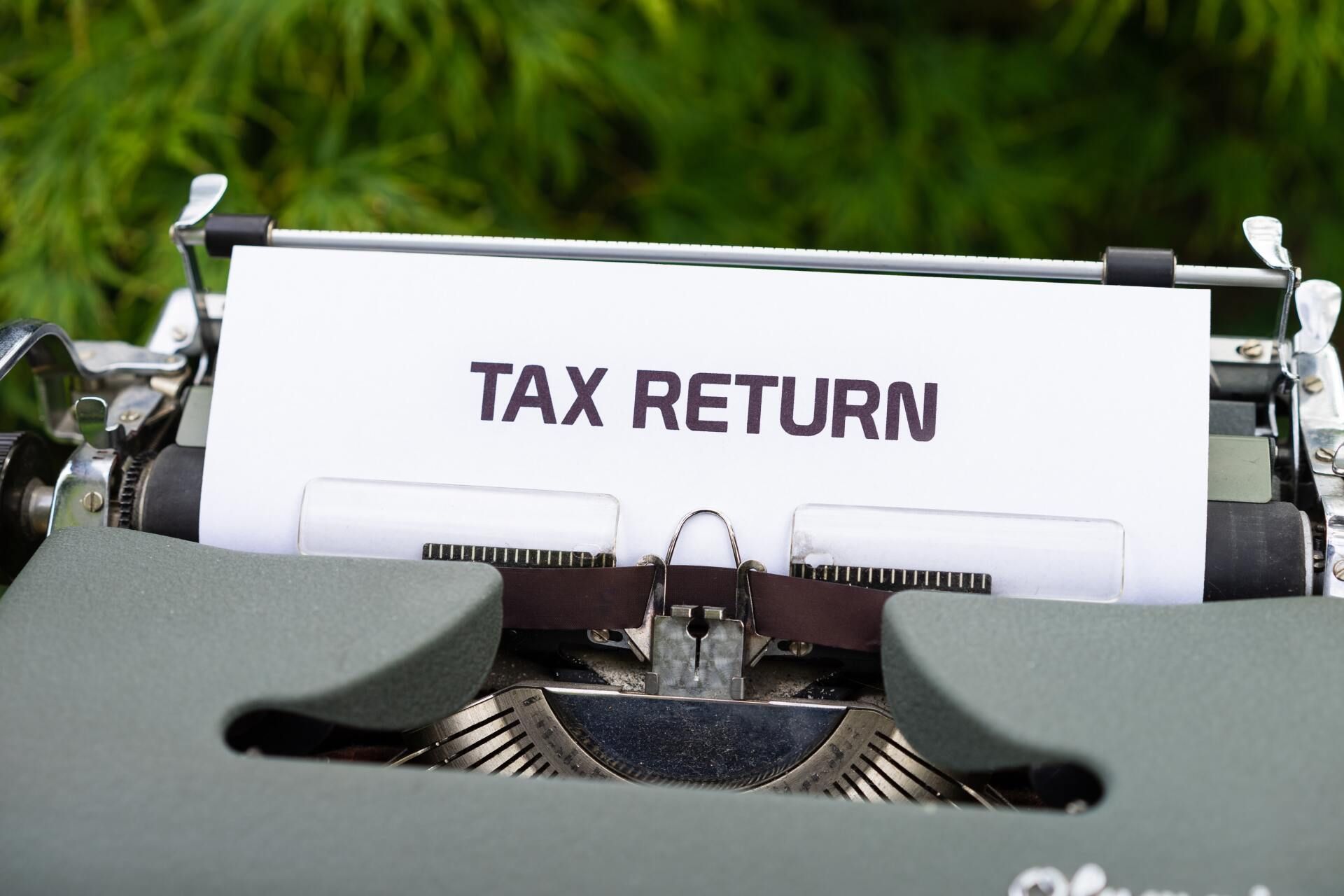

October 1, 2025
It seems like natural disasters such as hurricanes, floods, earthquakes, wild fires, and tornados are happening all the time and just about everywhere. Climate change also seems to be making these disasters more deadly and more destructive. Many people do step up to help survivors with needed financial donations. The only thing worse than the disasters themselves are the scammers that exploit these situations for financial gain at the expense of hard working and well-i ntentioned survivors and donors. Like yourself! Scams can take the form of fake charities and impostors posing as legitimate organizations or government agencies. Common scams typically entail vague appeals for donations without details, fake websites with names like real charities and caller ID tricks to appear legitimate. Several warnings signs of these scammers are: 1) pressure to give immediately, often preying on your emotions and not logic 2) a thank-you for a previous donation you don’t recall making 3) a request for payment by cash, gift card or wire transfer. The last are scammers’ favored payment methods because the money is easy to access, difficult to trace and almost impossible to cancel. A legitimate charity will welcome your donation whenever you choose to make it and by whatever means you choose. A great way to verify their legitimacy is to use the IRS Tax Exempt Organization Search tool at https://apps.irs.gov/app/eos/. Additionally, clients should always ask for a receipt and then check their bank or credit card statements to ensure the donation amount is accurate. If you think you were a victim of a suspected scam, you can and should report them to the Federal Trade Commission at https://reportfraud.ftc.gov/. How Advantage Tax Relief Can Assist You At Advantage Tax Relief, based in Itasca, IL, we have over a decade of experience helping individuals and businesses resolve tax issues. Our team specializes in offering personalized tax relief and tax resolution solutions tailored to your unique needs. We will work with you to assess your situation and explore your options, whether it’s an Offer in Compromise, installment agreements, or other strategies. Our experience allows us to identify the best path forward to ease your tax burden and guide you toward financial freedom. If you're facing tax debt, don't wait. Advantage Tax Relief is here to assist you with effective, professional help. Call Advantage Tax Relief today at 630-773-3200 to schedule a consultation and take the first step toward resolving your tax issues.

August 29, 2025
First, working overtime does not mean you are getting an automatic increase in your take-home pay because it is not going to be taxed. That is not what is going to happen. The tax savings will be in the form of a tax deduction when you file your Federal tax return the following year. There will be no immediate impact. Second, it only applies for Federal income taxes. It does not include State, Social Security or Medicare taxes. Third, it also only applies to the overtime premium and within certain deduction and wage limits. You can only deduct the pay that exceeds your regular rate of pay. The 'half' portion of 'time-and-a-half' compensation. For example, say you make $20 per hour and work 5 hours of overtime that week at time-and-a-half. The deduction would the Federal tax on $50 of premium pay. ($20 divided by 2 times 5 hours) Finally, the maximum annual deduction is $12,500 for single filers and $25,000 for joint filers. The deduction phases out for taxpayers with modified adjusted gross income over $150,000 (or $300,000 for joint filers).
